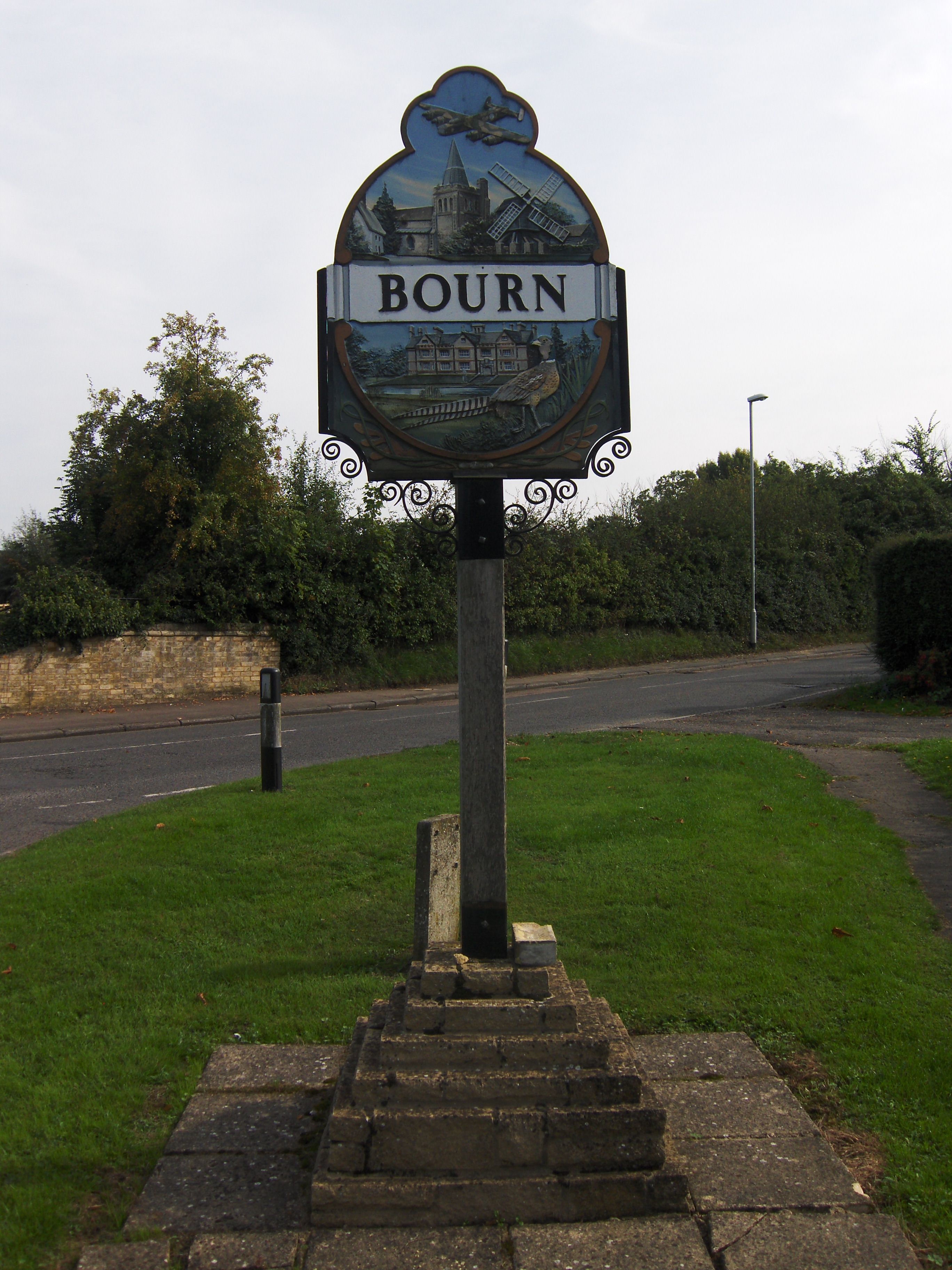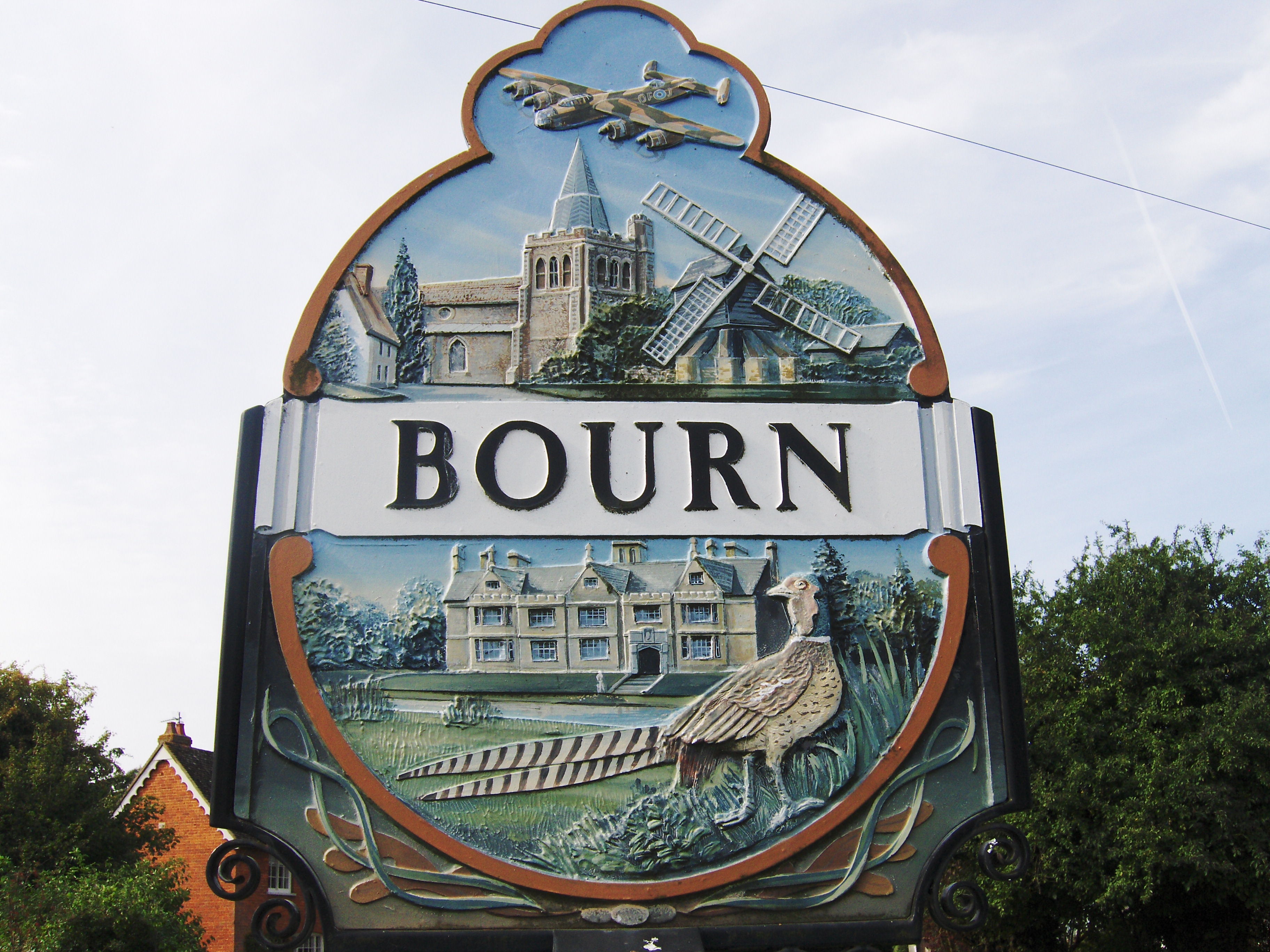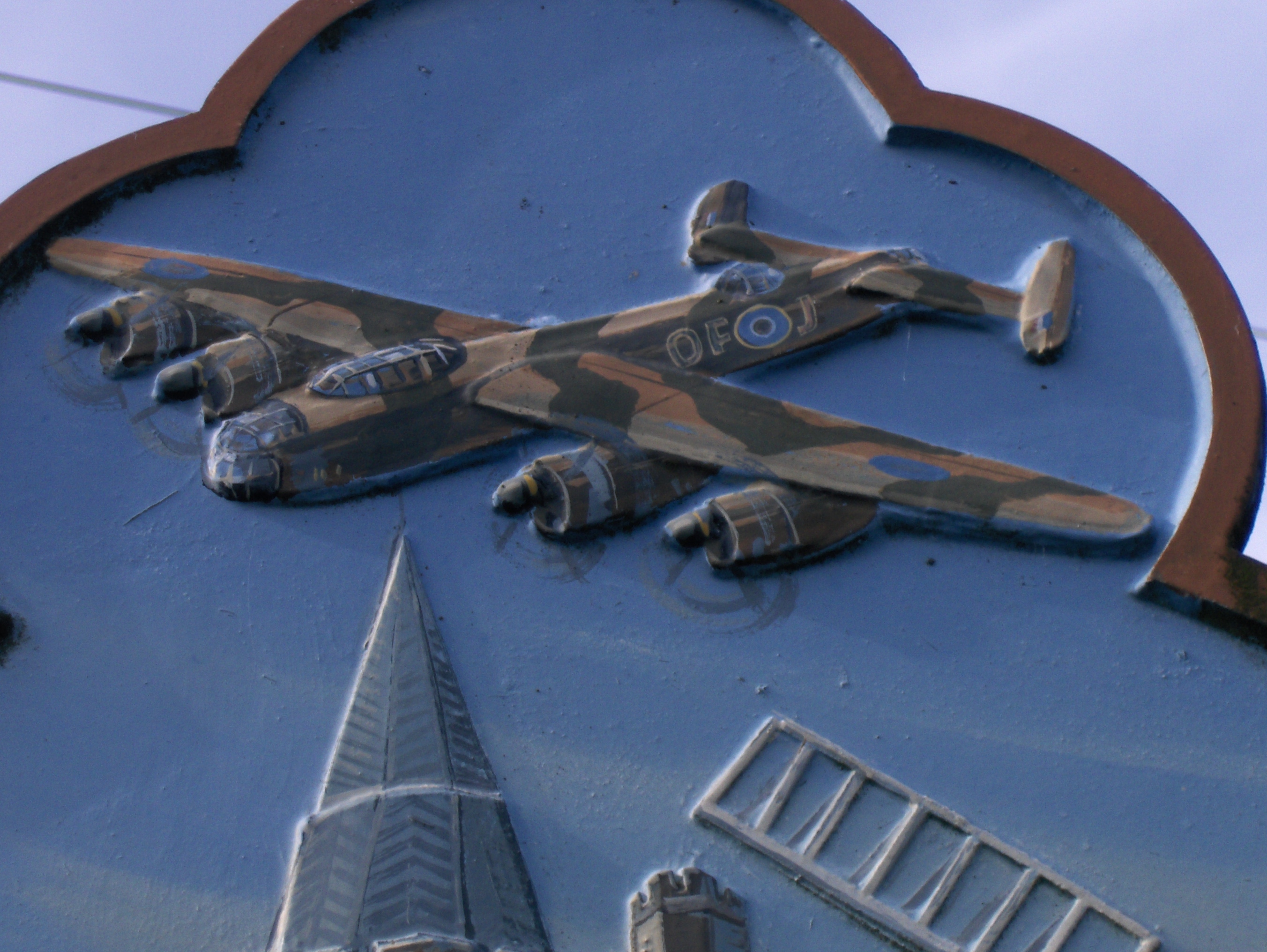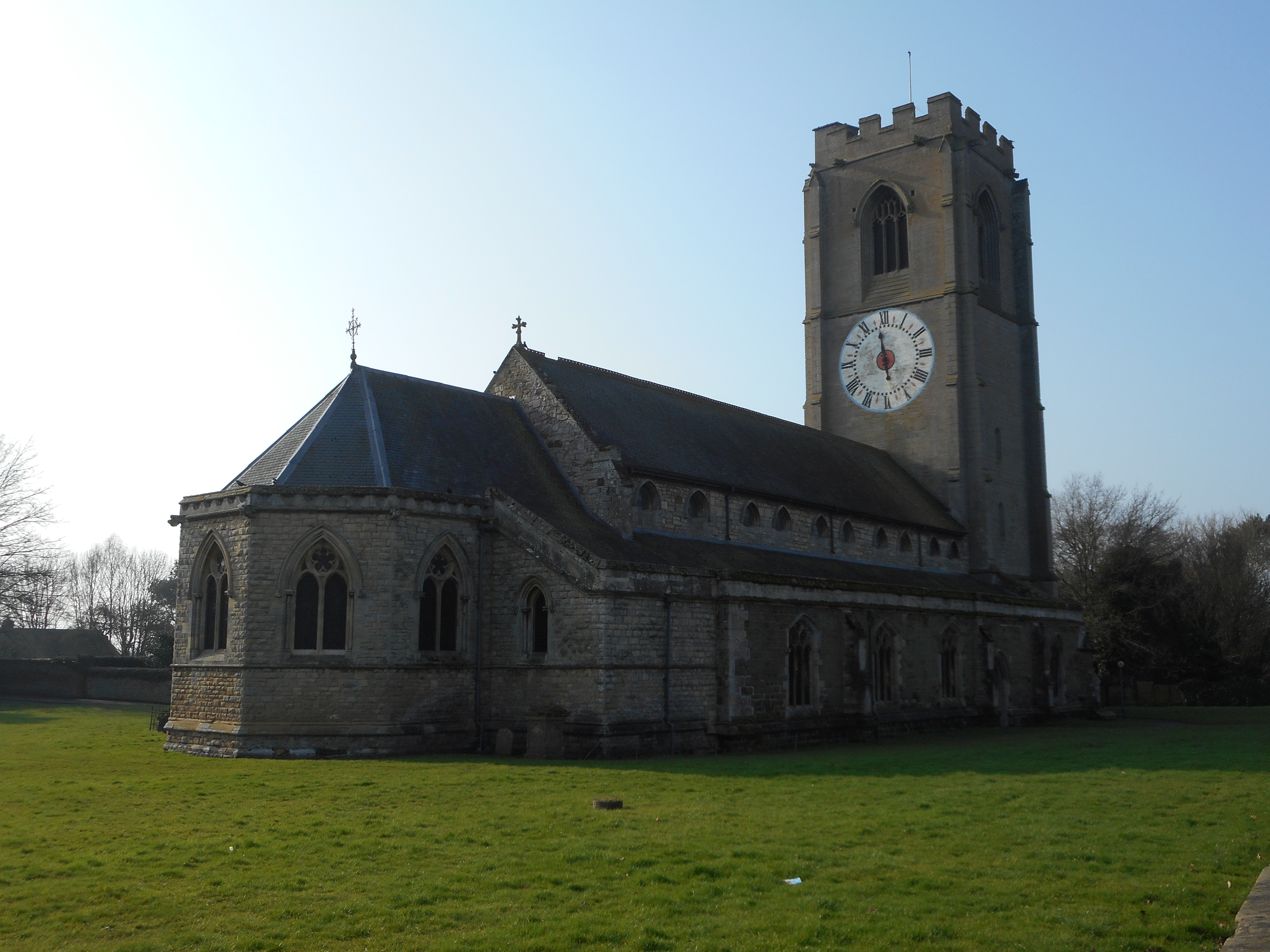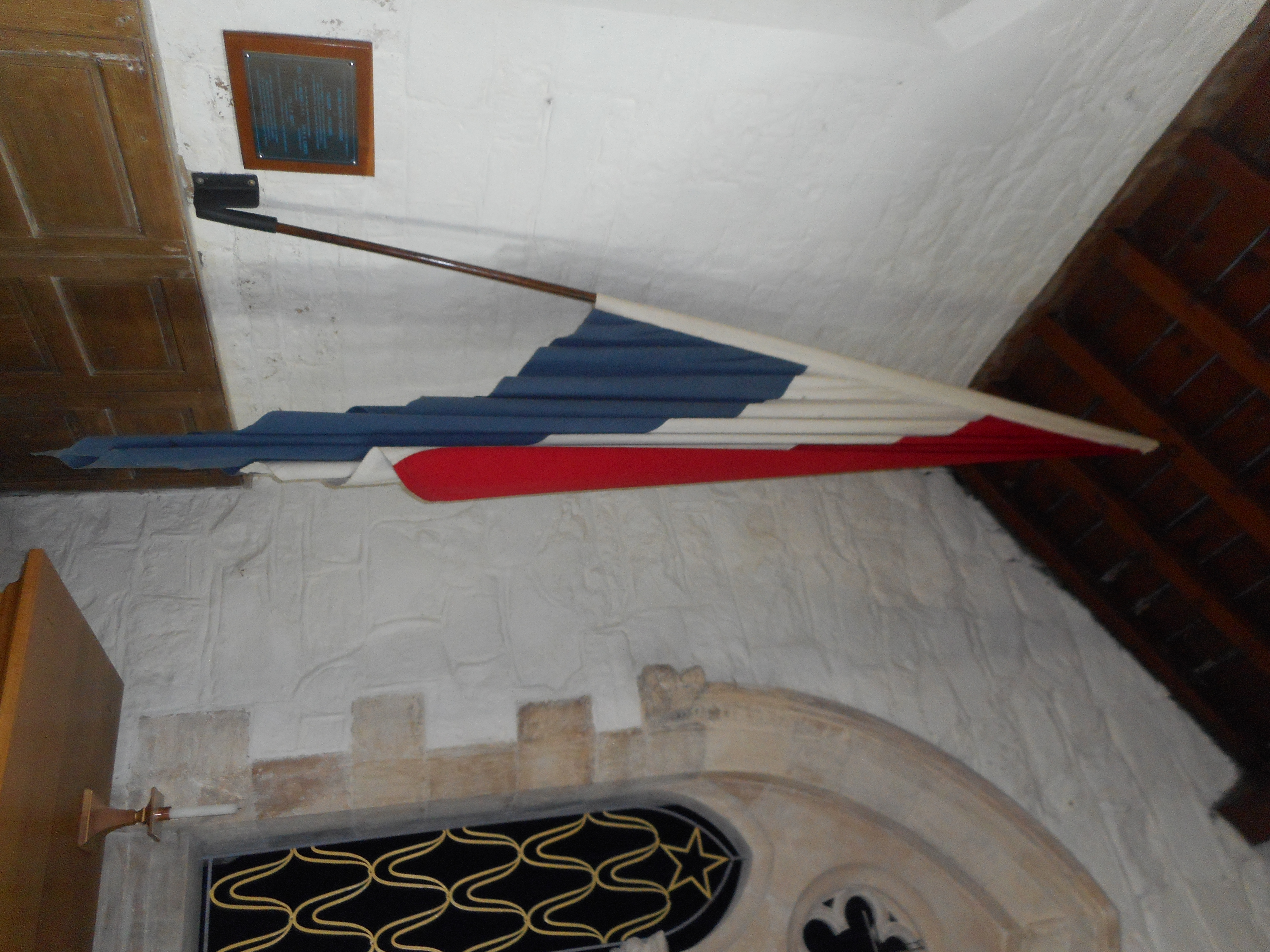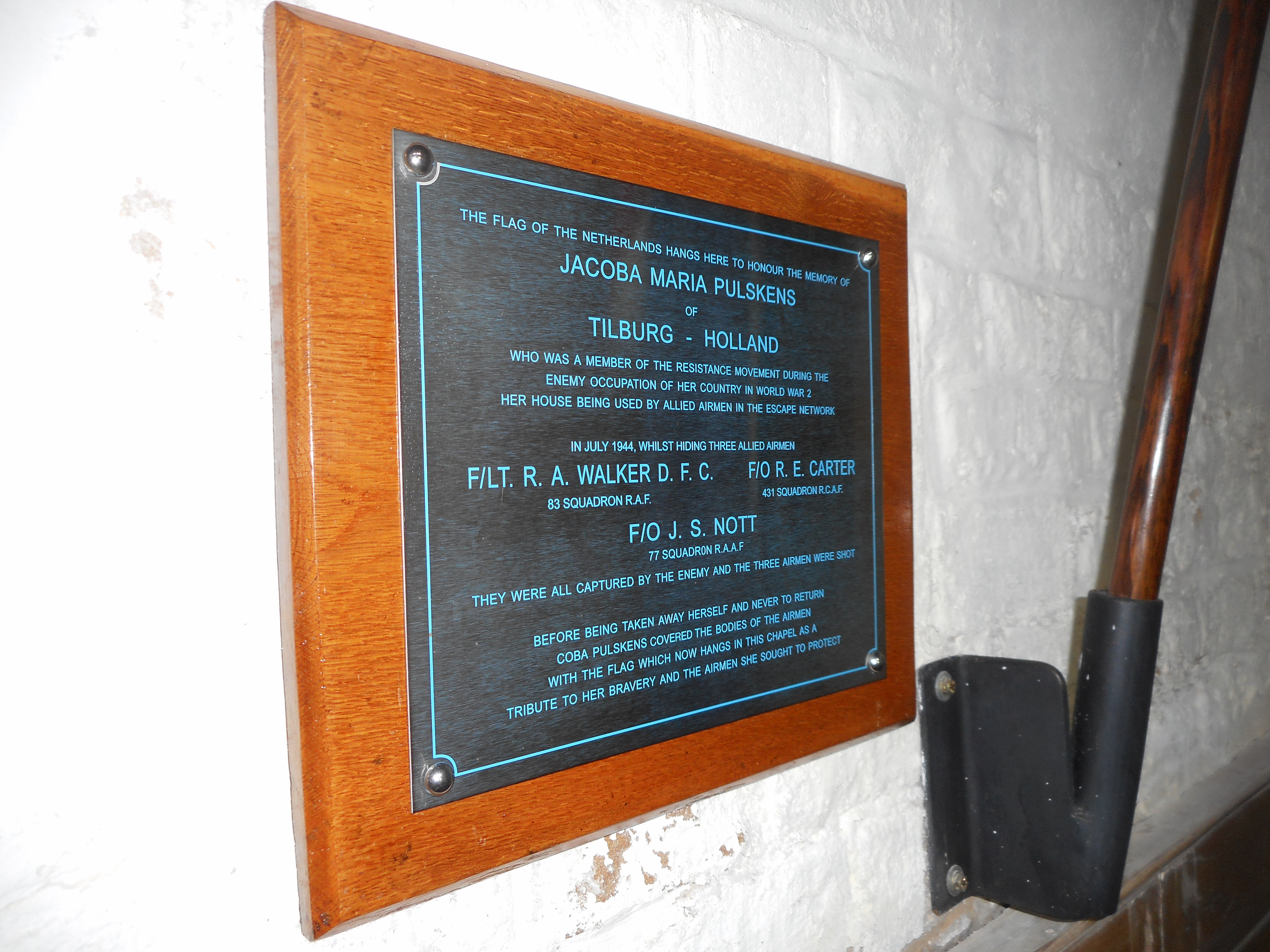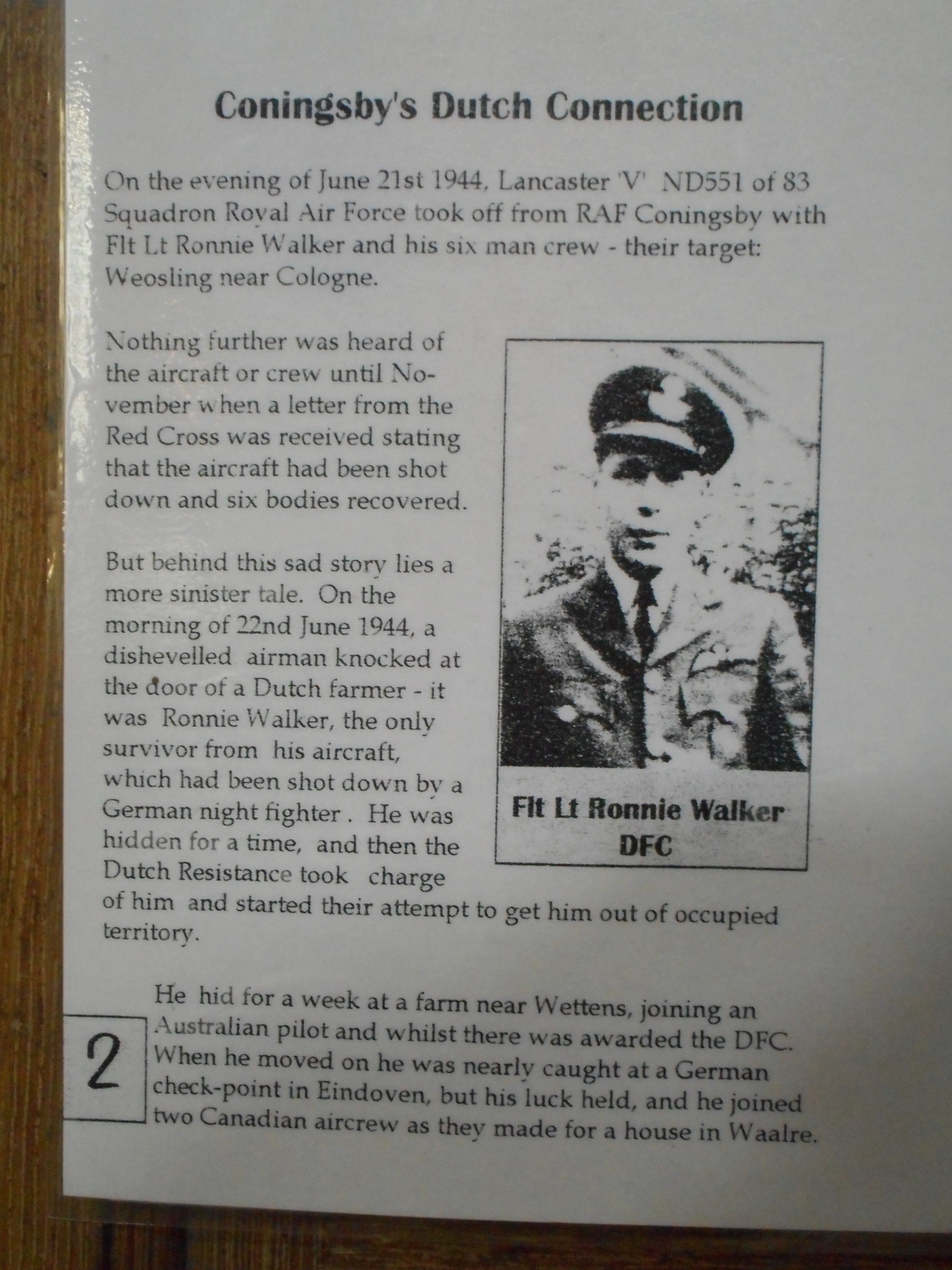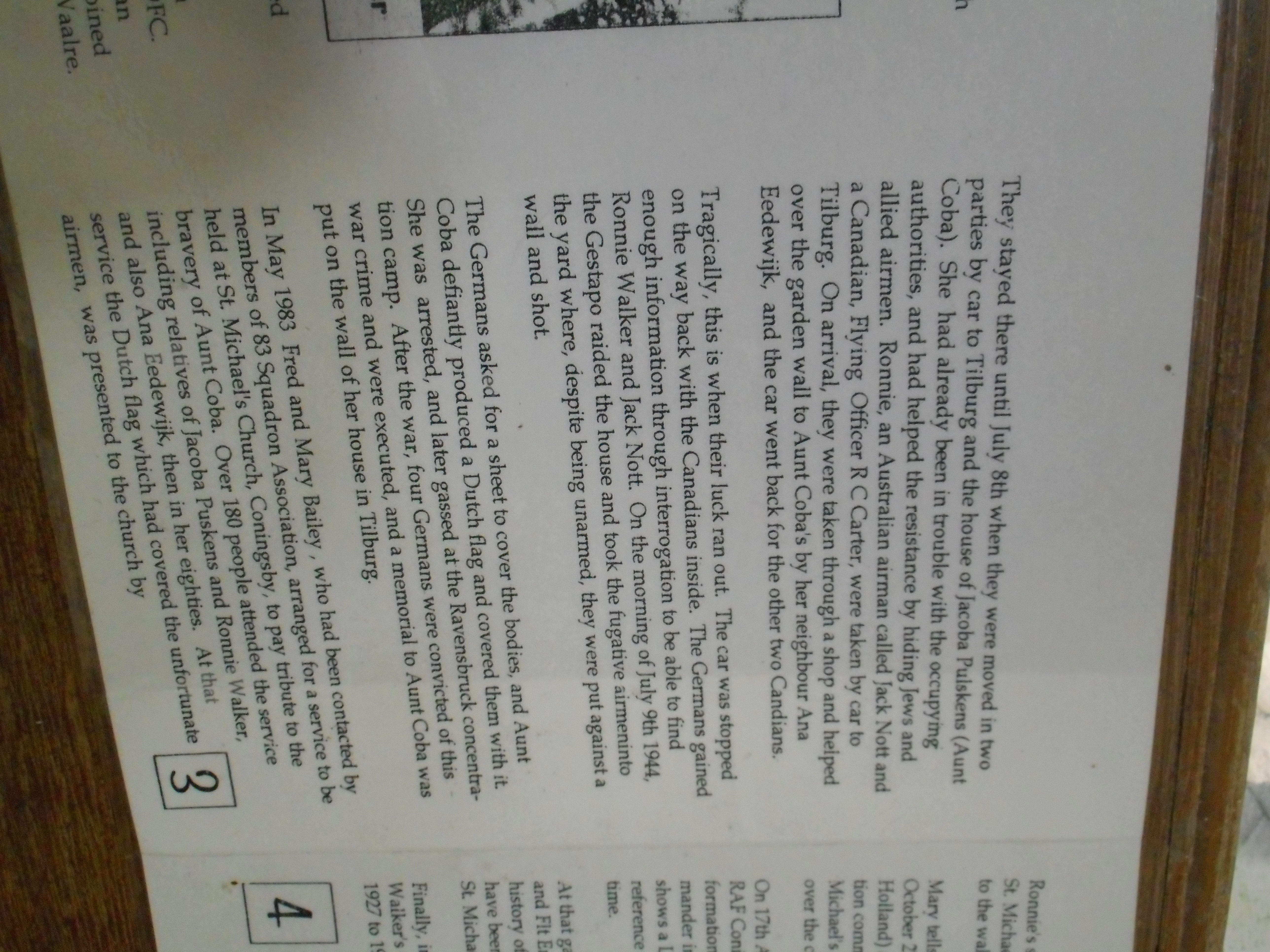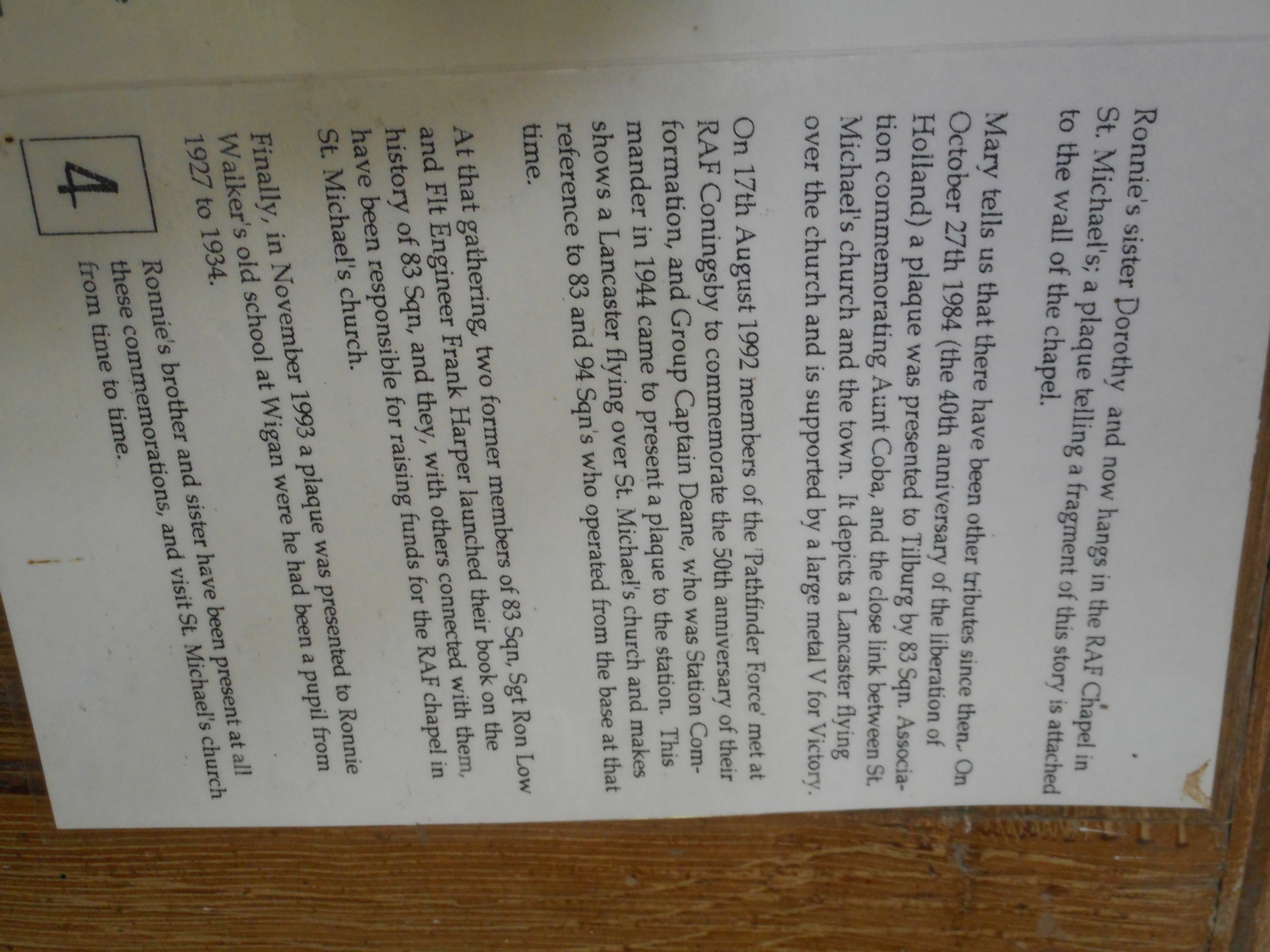Williams, Gordon Ivan
Personal Information
| Rank | W/O |
| Forename(s) | Gordon Ivan |
| Surname | Williams |
| Gender | M |
| Age | 21 |
| Decorations | |
| Date of Death | 31-01-1944 |
| Next of Kin | Son of Fred and Daisy Williams, of Elkhorn, Manitoba, Canada. |
Aircraft Information
| Aircraft | Avro Lancaster III |
| Serial Number | JB659 |
| Markings | OF-J |
Memorial Information
| Burial/Memorial Country | Netherlands |
| Burial/Memorial Place | Haarlemmermeer (Zwanenburg) General Cemetery |
| Grave Reference | Plot B. Row C. Coll. grave 15. |
| Epitaph | HE GAVE HIS LIFE THAT WE MIGHT BE FREE ALWAYS REMEMBERED |
IBCC Memorial Information
| Phase | 2 |
| Panel Number | 265 |
Enlistment Information
| Service Number | R/119950 |
| Service | Royal Canadian Air Force |
| Group | 8 |
| Squadron | 97 (Straits Settlements) |
| Trade | Air Bomber |
| Country of Origin | Canada |
Other Memorials
| Location | Williams Point, Manitoba; On the southern bank of Copeland Lake |
| Country | Canada |
| Memorial Type | Point |
| Memorial Text |
| Location | Bourn Village, Cambridgeshire |
| Country | United Kingdom |
| Memorial Type | Village Sign featuring relief of Lancaster JB659 OF-J |
| Memorial Text | Village Sign featuring relief of Lancaster JB659 OF-J |
| Location | Church of the Holy Spirit, RAF Coningsby, Coningsby, Lincolnshire |
| Country | United Kingdom |
| Memorial Type | Stained Glass Window |
| Memorial Text | A stained glass window remembering 97 Sqn in the Church of the Holy Spirit, RAF Coningsby |
Miscellaneous Information
| Enlisted against his father's wishes in Souris, Manitoba (his father had served in WWI). Soon after his basic training he began his navigator flight training program on the Anson at the Air Observer School in Prince Albert. Gordon advanced to Central Navigation School at Rivers Manitoba once again flying Ansons. By August of 1942 he had successfully completed his Nav training. In March 1943 he was posted to 14 OTU at RAF Cottesmore. In May of that year he began his flying familiarization on the Wellington. Here he was assigned to a young pilot by the name of Sergeant Alan Hart from Australia and the continued to fly together until posted to their first operational unit- 97 Squadron. |
Commonwealth War Graves Commission
The National Archives
| Record of Events (Operational Record Book) AIR 27/768/2 |
| Summary of Events (Operational Record Book) AIR 27/768/1 |
Fellow Servicemen
Last Operation Information
| Start Date | 30-01-1944 |
| End Date | 31-01-1944 |
| Takeoff Station | Bourn |
| Day/Night Raid | Night (36% moon) |
| Operation | Berlin. 534 aircraft without diversionary raids. 33 aircraft Lost (6.2%). Initial German attempts to intercept with night-fighters failed and the bomber stream was well on the way to Berlin before they met with any resistance. Complete cloud-cover over Berlin but concentrated damage in the centre nonetheless with additional widely scattered bombs. At least 1000 deaths on the ground, 2 industrial premises completely destroyed and a further 15 seriously damaged. The Propaganda Ministry was hit, as was the railway infrastructure |
| Reason for Loss | Take-off 1710 hrs with 2 x 2000lb bombs and marker flares. Completed the bombing run and was attacked by a night-fighter on the return leg flown by Oberleutnant Heinz-Wolfgang Schnaufer of 12./NJG 1 (Leeuwarden airfield). The cockpit of the Lancaster was blasted away and fell to earth with the pilot and one of the air gunners still within it. Crashed at 2205 hrs with two engines still running on a farmhouse at Zwanenburg (Noord-Holland), fatally injuring the farmer Cor van der Bijl (he died three days later), and immediately killing his wife Adir and their four youngest children, Harrie (5) Johan (4), Tom (3) and Ida (1 ½) . The bodies of the pilot and air gunner were recovered from the scene and buried locally, as were the farmer and his family. The other airmen were buried deep underground, still inside the fuselage until the year 2001 when the site was excavated by the Royal Dutch Salvage Team prior to the building of a new marina on the site. Many scraps of clothing, a shoe, a few coins and eventually human bones were discovered. A Dutch laboratory was able to determine that remains of all five airmen were present although the DNA was too damaged to allow identification of which individuals each belonged to. Their remains were buried in a single coffin alongside their comrades. One of the propellers was returned to RAF Bourn, 57 years after it left for its fateful journey. A memorial has been erected at the crash site comprising another of the aircraft's propellers. Surrounding it are two Canadian maples, two eucalyptuses, three British oaks, and six Dutch elms- one for each life lost. |
